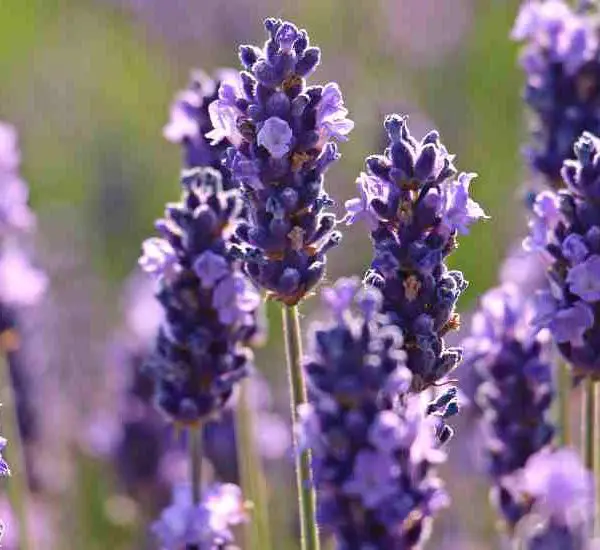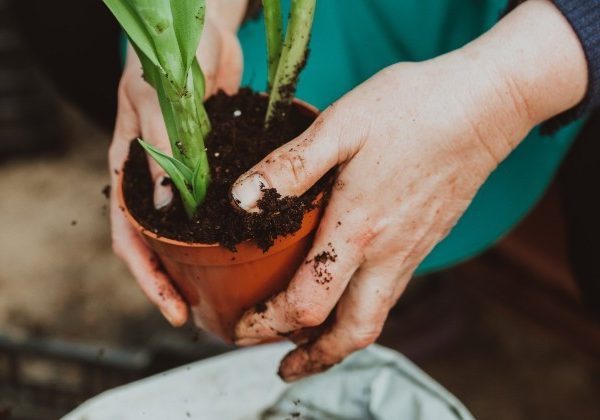Rice isn’t just a staple food — it’s also an excellent, natural resource for helping your plants grow stronger and more vibrant. Whether it’s uncooked rice grains or the water used to cook it, rice contains nutrients that can benefit your plants in multiple ways. Rich in starch, vitamins, minerals, and amino acids, rice works as a slow-release fertilizer that promotes healthy growth, better flowering, and overall plant vitality.
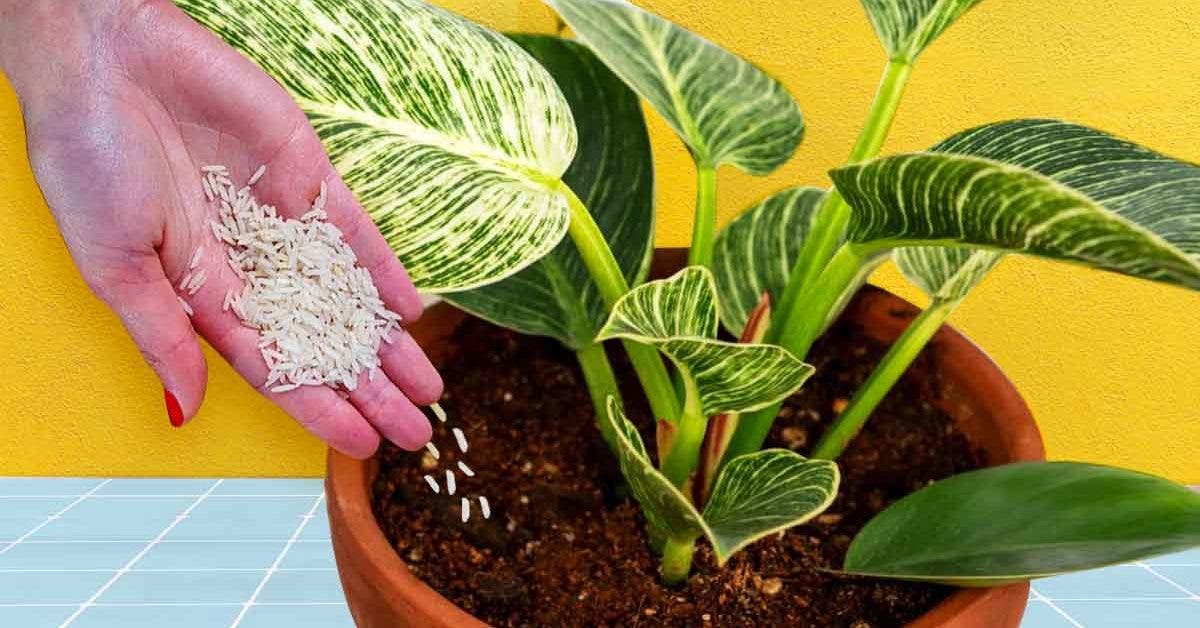
Here are three easy ways to use rice to boost your plants:
1. Rice Grains as a Slow-Release Fertilizer for Pots
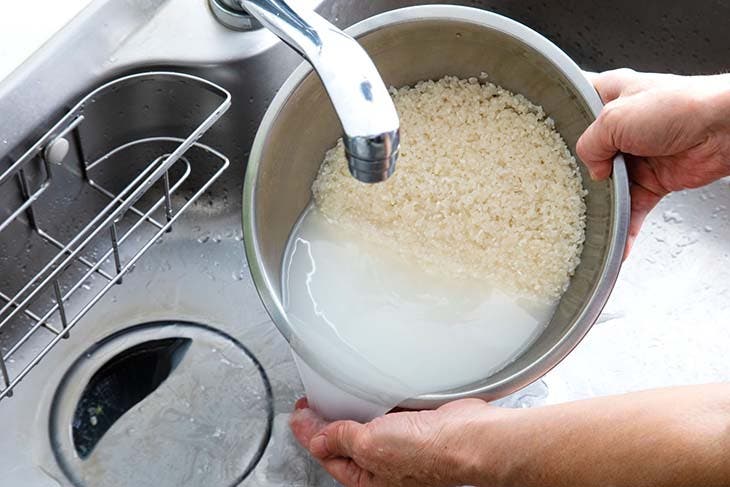
Using uncooked rice grains in your plant pots is a simple and effective way to provide long-lasting nutrition. The starch in the rice will gradually break down and release nutrients into the soil, feeding your plants with each watering.
How to Apply:
- For a large pot, use one tablespoon of rice. If you have a smaller pot, use half a tablespoon.
- Sprinkle the rice grains evenly around the base of the plant, forming a circle around the stem.
- For better absorption, gently mix the rice with the surface of the soil using a spoon. This helps release the starch slowly and ensures that it feeds the plant over time.
This method promotes steady, long-term growth and helps improve the plant’s health without overwhelming it with too many nutrients all at once.
2. Rice as a Base Fertilizer

If you’re transplanting or repotting your plants, you can mix rice directly into the soil as a base fertilizer. This method is especially helpful for new plants or when you want to enhance the soil’s overall fertility.
How to Apply:
- Layer the bottom of the pot with fertile soil.
- Add two tablespoons of rice to the soil and mix it thoroughly so that the rice is evenly distributed.
- Place the plant on top and cover the rest of the roots with additional soil.
As the rice breaks down, it will not only provide nutrients but also act as a natural drainage aid, similar to perlite, helping to prevent waterlogging and encourage healthy root growth.
3. Rice Water as a Quick-Release Fertilizer
If you’re looking for a fast-acting fertilizer, rice water is an excellent choice. The starch and minerals released during cooking can quickly replenish the nutrients in your plant’s soil.
How to Apply:
- Pour half a cup of white rice into a 1.5-liter plastic bottle or jar.
- Fill the bottle with tap water and shake it well to help release the starch from the rice.
- Let the mixture sit for about 30 minutes. After this time, the water should look milky or slightly cloudy, and it’s ready to use.
- Water your plants with this rice water as you would with regular water. The nutrients will help stimulate growth and improve the plant’s vitality.
You can apply rice water once a week for about 15 days to see noticeable improvements in your plant’s health.
Benefits of Rice for Plants
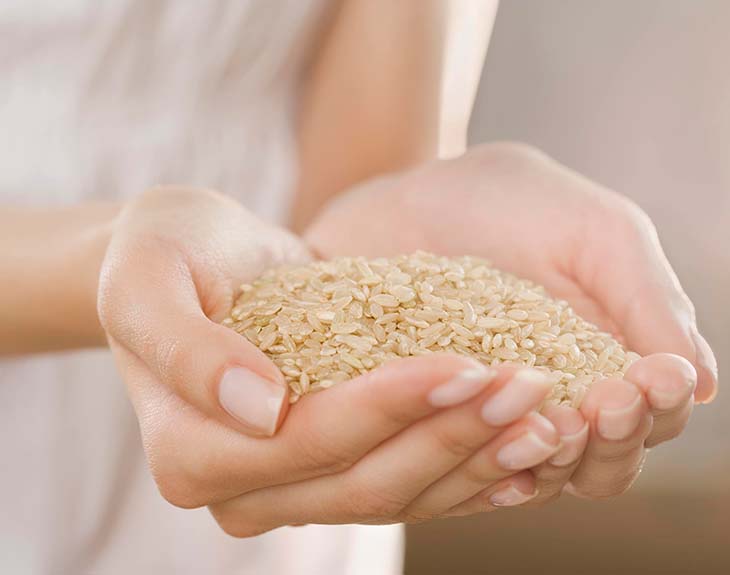
Using rice in any form — as grains or water — provides several benefits to your plants:
- Boosts Photosynthesis: The starch in rice is rich in energy, which helps your plant perform photosynthesis more efficiently, leading to better growth and flowering.
- Natural Fertilizer: Rice is packed with essential nutrients like protein, fiber, calcium, phosphorus, iron, zinc, and potassium, all of which contribute to overall plant health.
- Encourages Faster Growth: The nutrients and amino acids in rice encourage quicker development of roots and leaves, giving your plants the energy they need to grow stronger and more robust.
- Eco-Friendly Weedkiller: Rice water has natural weed-fighting properties thanks to the starch. It can help keep unwanted weeds at bay without the need for harsh chemicals.
- Improves Soil Texture: Rice grains can improve the soil’s structure, providing better drainage and helping to maintain an ideal moisture balance for plant roots.
Additional Tips for Using Rice with Plants
- Don’t Overdo It: While rice is a great natural fertilizer, it’s best to use it sparingly to avoid excess buildup of starch in the soil. Start with small amounts and monitor your plant’s growth.
- Avoid Overwatering: Rice water is nutritious, but be careful not to overwater your plants after applying it. Ensure the soil is draining well to prevent root rot.
- Use Rice Water Immediately: Once the rice water has been prepared, it’s best to use it fresh. If left for too long, it may begin to ferment and could attract pests.
Conclusion
Rice is an affordable and eco-friendly way to enrich your plant care routine. Whether you’re using uncooked rice grains in pots, mixing them into soil as a base fertilizer, or utilizing rice water as a quick-release nutrient source, this humble pantry item can make a significant difference in your plants’ health. By incorporating rice into your gardening practices, you can enjoy vibrant, thriving plants with minimal effort.

